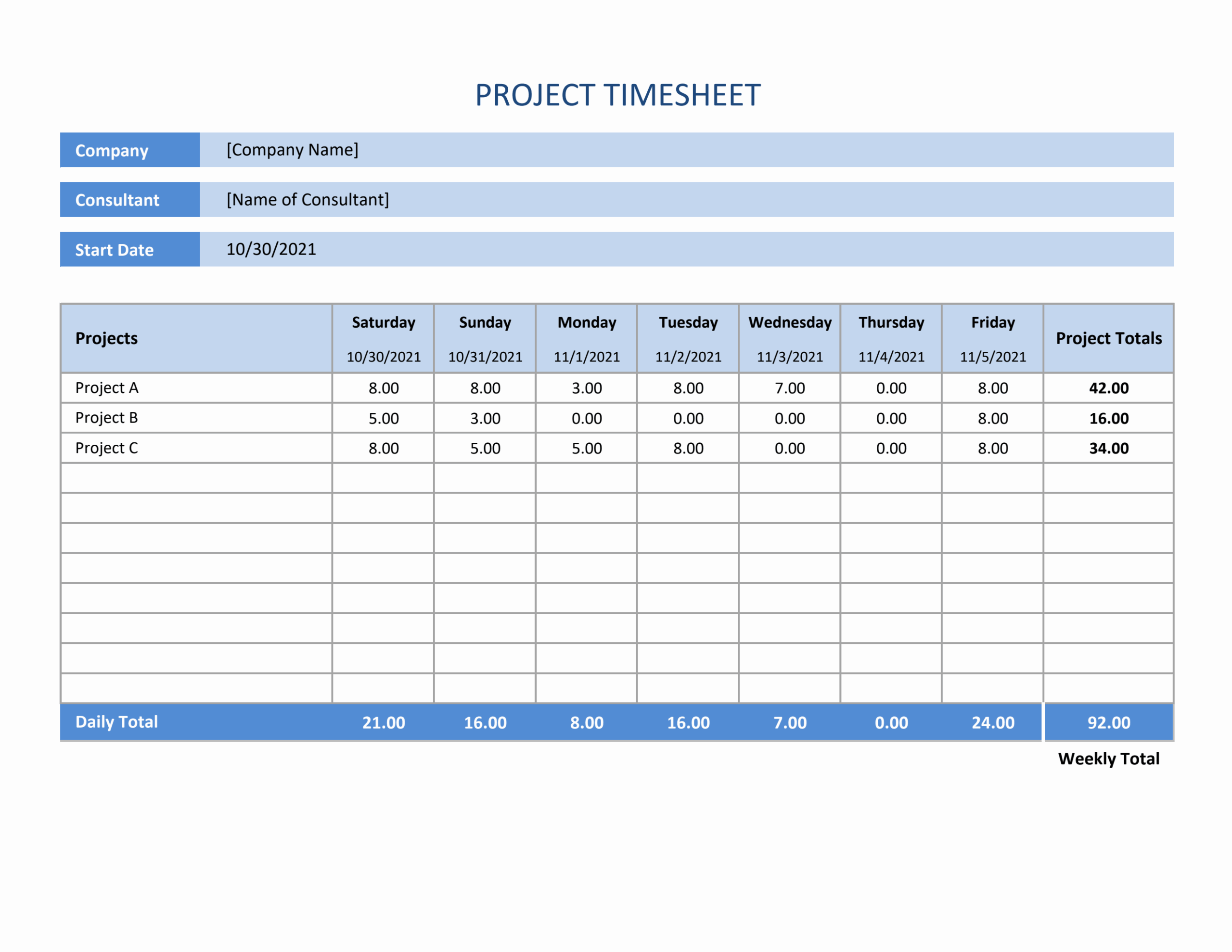
In the world of project management, keeping track of time spent on various tasks is crucial for ensuring projects stay on budget and schedule. One effective way to do this is by using project timesheets.
These handy tools allow you to record and monitor the time spent on different project activities, helping you identify areas where time is being wasted and make necessary adjustments to improve efficiency.
What are Project Timesheets?
Project timesheets are documents that are used to track the time spent by employees or team members on specific tasks within a project. These timesheets typically include columns for entering the date, task description, start and end times, total hours worked, and any notes or comments related to the task.
Project timesheets can be filled out manually or using digital tools and are essential for accurately tracking project progress and resource allocation.
Why Use Project Timesheets?
There are several reasons why using project timesheets is beneficial for project management:
– Accurate Time Tracking: Project timesheets allow for precise tracking of time spent on different tasks, ensuring that project budgets and deadlines are met.
– Resource Allocation: By monitoring how time is being spent on various project activities, project managers can allocate resources more effectively and identify areas for improvement.
– Performance Evaluation: Project timesheets provide valuable data for evaluating the performance of team members and identifying areas where additional training or support may be needed.
– Client Billing: Timesheets can be used as supporting documentation for client billing, ensuring that all billable hours are accounted for and invoiced correctly.
How to Use Project Timesheets
Using project timesheets is simple and straightforward. Here are some steps to follow:
1. Create a timesheet template: Design a timesheet template that includes all the necessary fields for tracking time spent on project tasks.
2. Distribute timesheets: Provide team members with copies of the timesheet template and instruct them on how to fill it out accurately.
3. Collect timesheets: Set a regular schedule for collecting completed timesheets from team members to ensure timely tracking of project progress.
4. Review and analyze: Review the timesheets regularly to identify trends, bottlenecks, or areas where time is being wasted.
5. Take action: Use the insights gained from the timesheets to make informed decisions and adjustments to improve project efficiency.
Examples of Project Timesheets
There are many different types of project timesheets available online, ranging from simple Excel templates to more sophisticated project management software with built-in timesheet features. Some popular examples include:

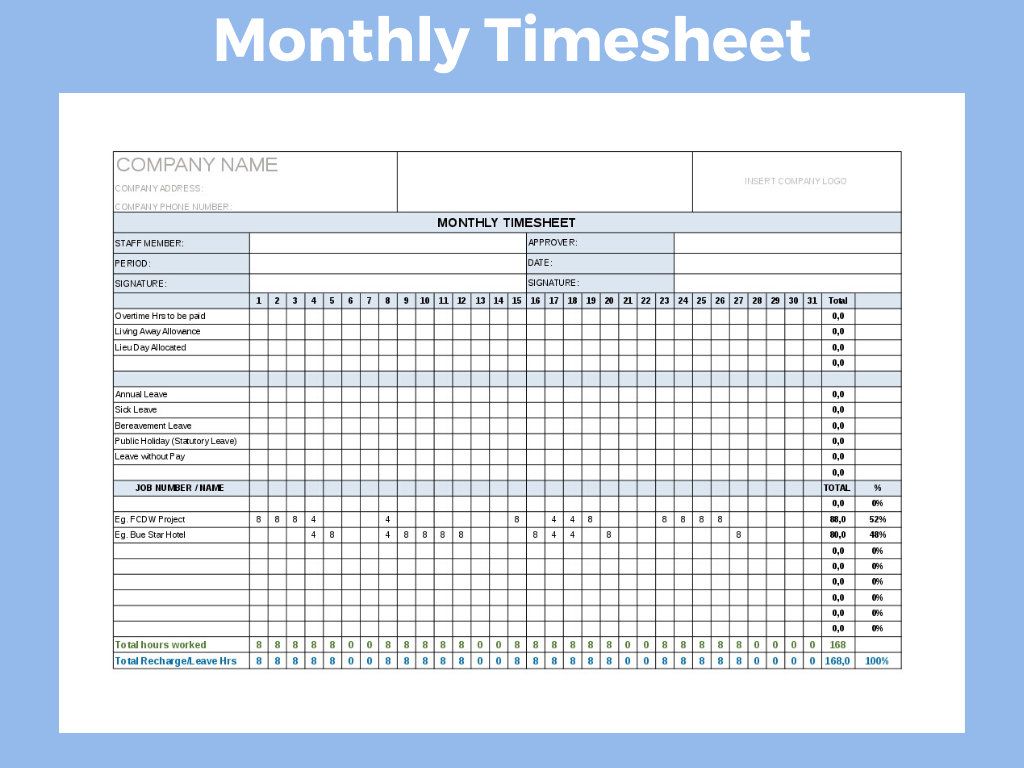
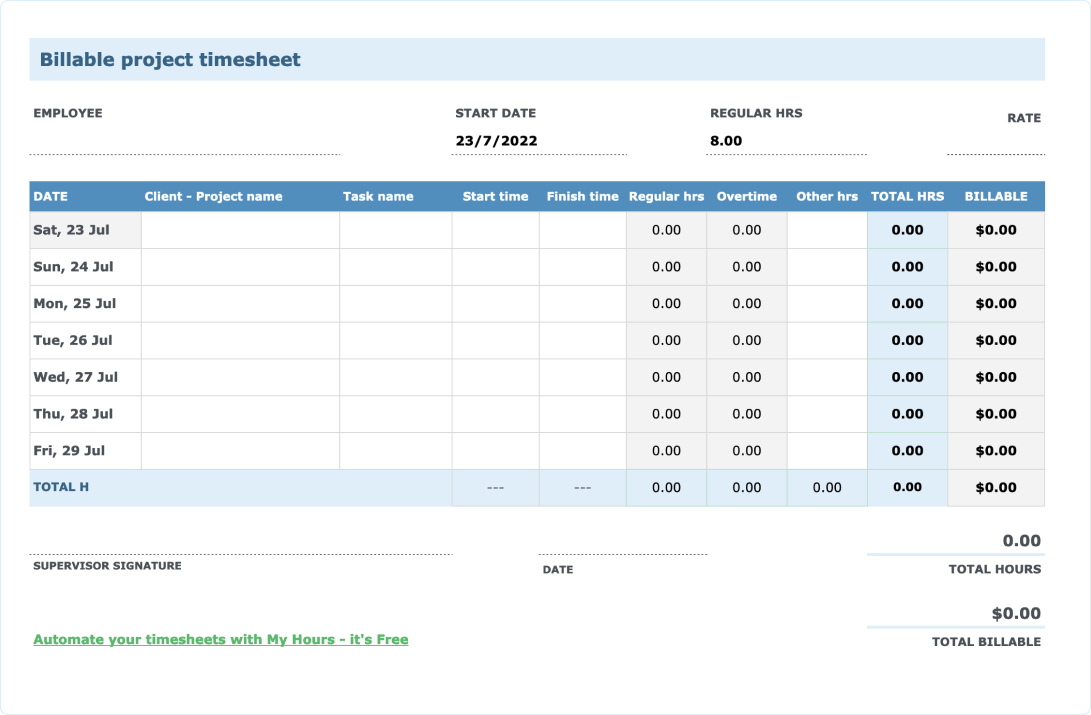

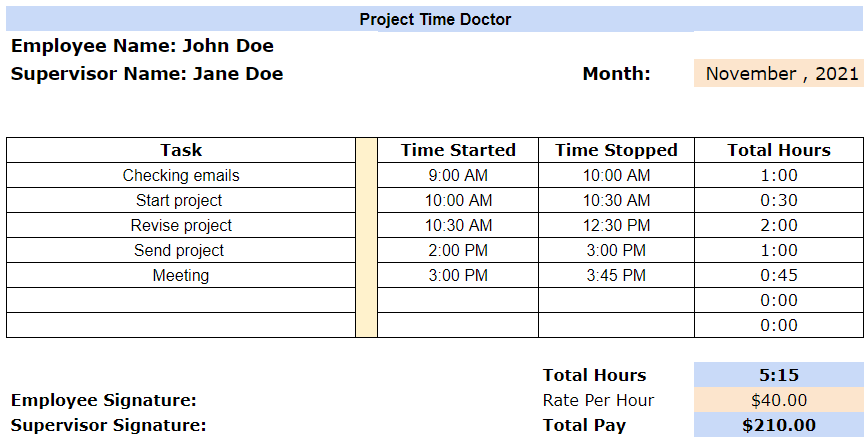
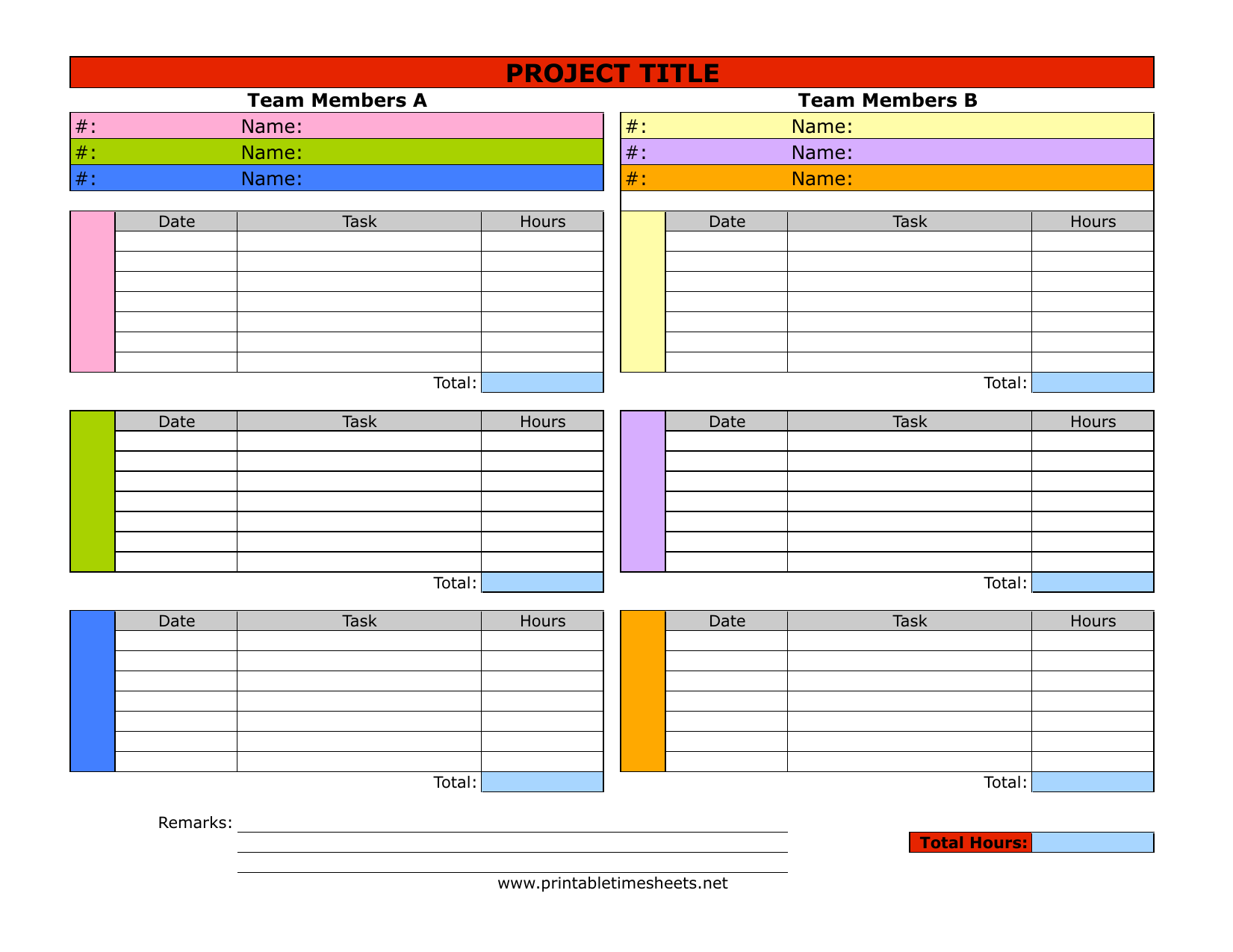
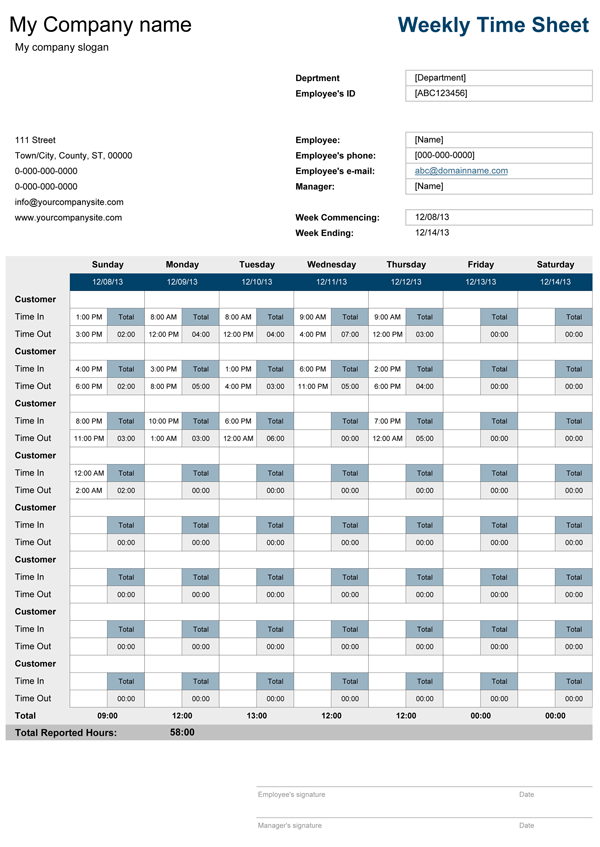
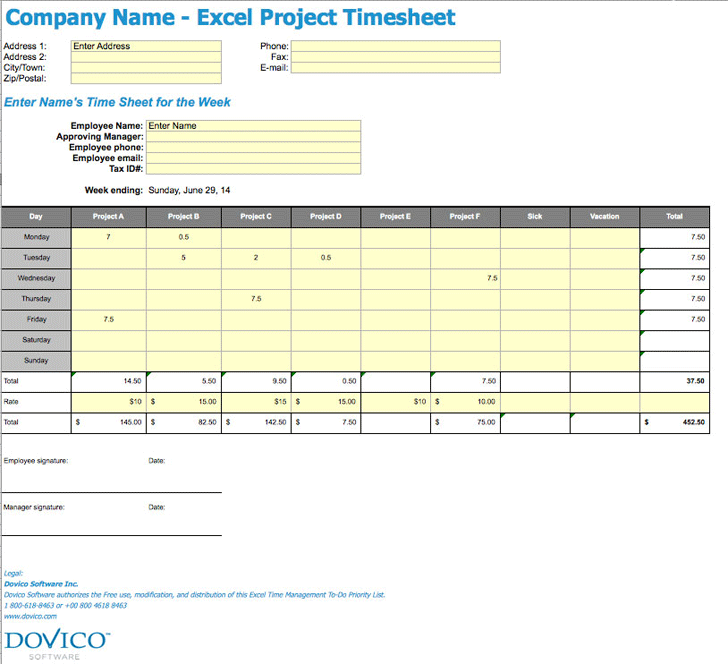
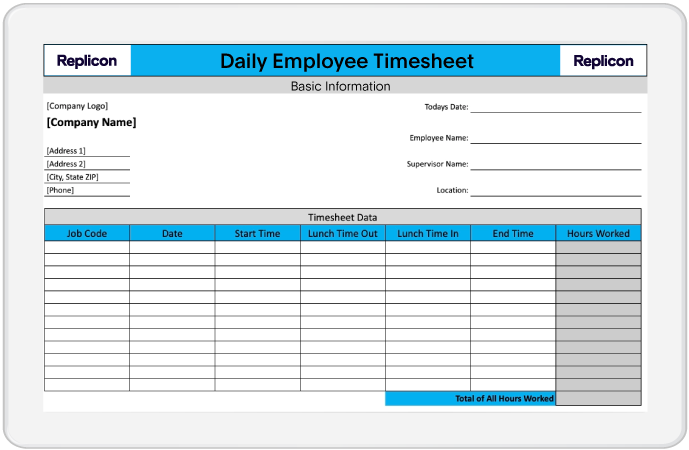
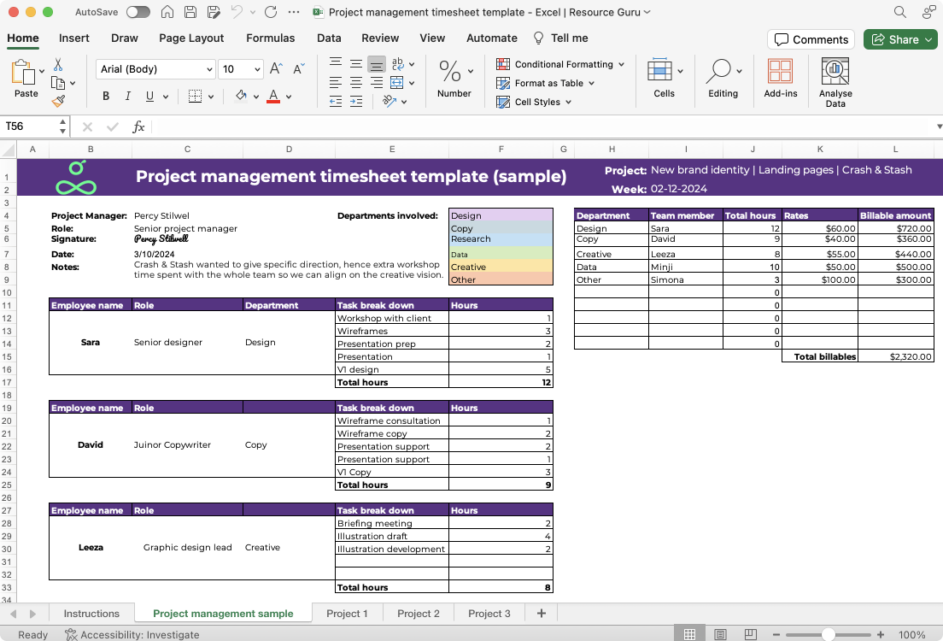
Tips for Successful Time Tracking
To make the most of project timesheets, consider the following tips:
– Be consistent: Encourage team members to fill out their timesheets accurately and consistently to ensure reliable data.
– Provide training: Offer training sessions on how to use timesheets effectively and the importance of accurate time tracking.
– Use technology: Consider using project management software with integrated timesheet features for more efficient time tracking.
– Review regularly: Make it a habit to review and analyze timesheets regularly to identify any issues or areas for improvement.
– Communicate: Keep an open line of communication with team members about the importance of accurate time tracking and how it impacts project success.
By using project timesheets effectively, project managers can gain valuable insights into how time is being spent on various project activities and make informed decisions to improve project efficiency and success.
Project Timesheet Template – Download
- General Release of Liability Form Template - January 6, 2026
- General Bill of Sale Form Template - January 6, 2026
- Gender Reveal Party Invitation Template - January 6, 2026